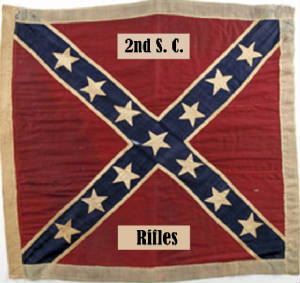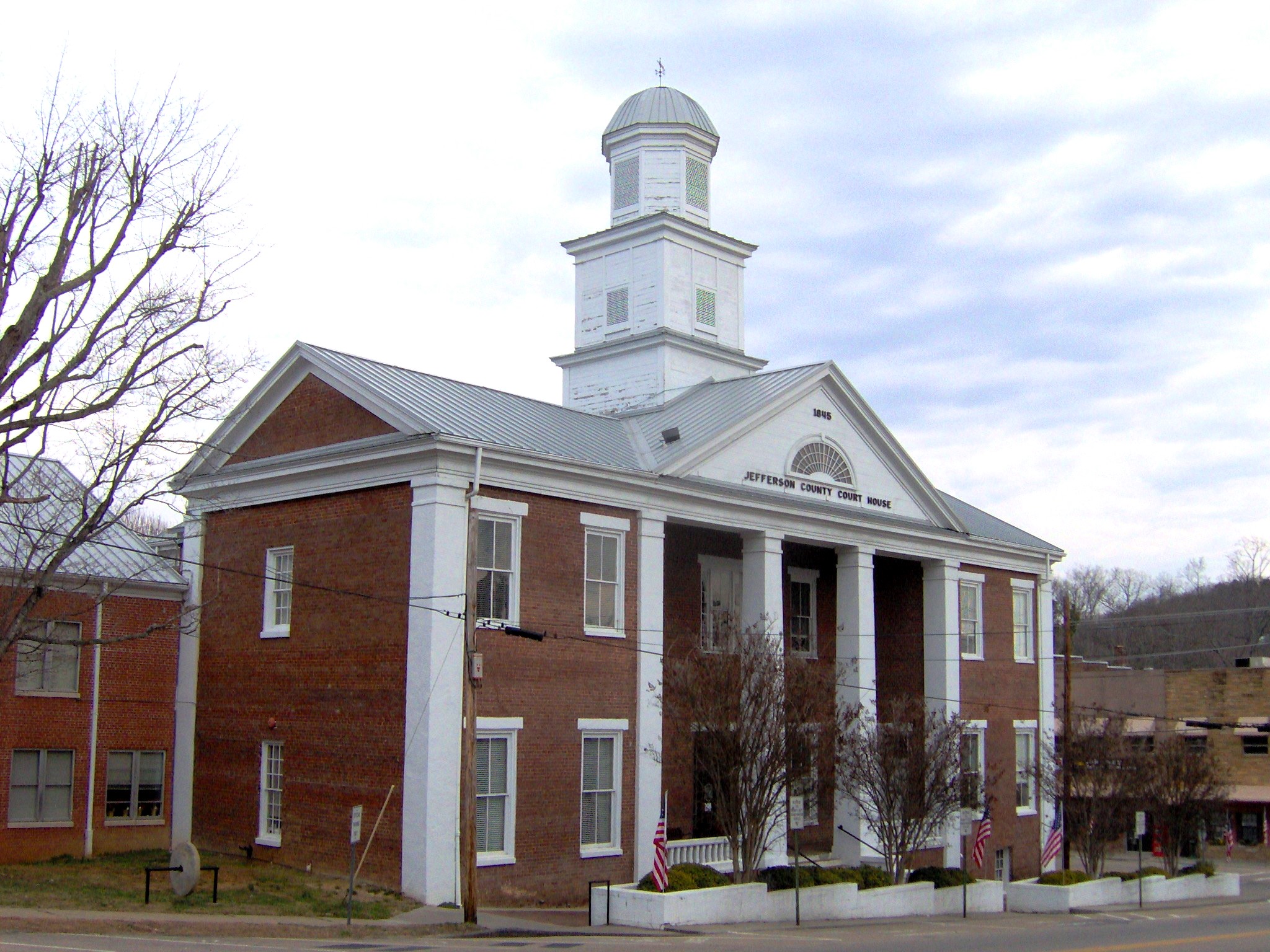 On May 6, 1864, Andrew Boyd — the youngest of the Boyd family — after a long overnight forced march entered into his first major action after entering the Confederate army… the Battle of the Wilderness.
On May 6, 1864, Andrew Boyd — the youngest of the Boyd family — after a long overnight forced march entered into his first major action after entering the Confederate army… the Battle of the Wilderness.
On May 4, Grant’s army crossed the Rapidan River at Germania and Ely’s Fords. They began moving towards the turnpike coming out of Orange Court House and leading to Fredericksburg through the Wilderness. The first engagements began on May 5 along the turnpike and one mile away on the plank road. At nightfall both armies had held their own and halted hostilities for the night. Longstreet’s Corps, including Kershaw’s Brigade with the Seventh South Carolina, was not involved. They had received orders to march early that morning; having received reports of firing coming from the Confederate cavalry skirmishing with Grants army at the river fords along the Rapidan.
They marched all day along unused roads and through fields and thickets “taking every near cut possible” to reinforce their comrades in Ewell’s and Hill’s Corps. Pushing through barely pausing for a rest, they had marched twenty-eight miles by five o’clock in the afternoon. They stopped there with orders to march again at midnight. Here Daniel, Andrew and their friend James Alewine would have stretched out on the ground, not even bothering to pitch a tent, as did the rest of Kershaw’s men. They moved out promptly at midnight as ordered. In the dark they moved along “blind roads, overgrown by underbrush, through fields that had lain fallow for years, now studded with bushes and briars.” The men floundered and fell as they moved along, often wandering off the path and having to backtrack to find their way again. The exhausted troops reached the plank road at daybreak. From there they headed down the plank road. Kershaw’s Brigade took the lead with the Seventh S.C. being the third regiment in the line behind the Second and the Third. They marched at a quick pace for two miles down the plank road passing Hill’s Field Infirmary along the way. The wounded from the previous day’s battle were being treated. They prepared for battle here with forty rounds in their cartridge boxes and twenty more in their pockets.
Upon hearing firing of muskets, they picked up their steps and hastened to the crest of a small hill and deployed across the road. The Second S.C. set up on the left of the road and the Third S.C. on the right. The Seventh was positioned to the right of the Third. Kershaw’s Brigade with Wofford’s Brigade of Georgians forming to their right in the undergrowth beside the road had not fully formed into line of battle before “a perfect hail of bullets came flying overhead and through our ranks.” Heth’s and Wilcox’s battle weary men retreated through their lines. They had held on from the previous day’s fighting, nearly out of ammunition, lying on the battlefield waiting to be relieved. Under the impression that they would be relieved before daylight, they had not dug in or constructed breastworks as Ewell had. Now they were in a dangerous position. The enemy, however; had reformed their lines and thrown up breastworks that now lay two hundred yards to the front of the Boyd brothers and the other unsuspecting Confederates. Hancock ordered his Federal soldiers to advance at sunrise. After a feeble defense, Wilcox’s and Heth’s skirmish lines gave way and the Yankee forces broke through to Kershaw’s lines. The South Carolinians and Georgians were unprepared for this onslaught. Some were cooking a hasty breakfast, others were still asleep. Bullets flying all around, General Kershaw himself dashed to the front of the column. “[H]is eyes flashing fire, sitting his horse like a centaur – that surpurb style as Joe Kershaw only could,” Kershaw addressed his men saying, “Now my old brigade, I expect you to do your duty.” His men seemed greatly inspired and determined to not let their general down, knowing that his ascendency to major general commanding the division would be assured by their good performance.
Under a heavy fire they marched down a gentle slope into a withering fire from the enemy who was still concealed from their view. While men collapsed all about them, they were ordered to hold their fire. As they neared the bottom of the slope, Kershaw’s Confederates came into full view of the enemy, lying just forty yards ahead of them. The battle was on in full force now with Kershaw’s guns blazing away face to face against Hancock’s. New troops were being added to the fray to replace the fallen. “Men rolled and writhed in their last death struggle; wounded men groped their way to the rear, being blinded by the stifling smoke.” Many officers were killed or wounded. Colonel Franklin Gaillard, the commander of the Second and Colonel James D. Nance of the Third were both killed. Captain E. J. Goggans, commanding the Seventh was wounded as was Colonel John D. Kennedy, who was commanding Kershaw’s Brigade that day. The battle continued unabated, however. “It seemed for a time as if the whole Federal army was upon us – so thick and fast came the death dealing missles.” Kershaw’s ranks were being decimated by the fire, neither side backing down. To Kershaw’s right was Humphrey’s men and to their left were Hood’s old Texans. It was reported to General James Longstreet the “deadly throes of battle” in which Kershaw’s Brigade was engaged. To relieve this, Longstreet ordered a flanking movement against the enemy. Four brigades were ordered around to attack the left flank of Hancock’s men. Kershaw’s Brigade remained at the front of the enemy. Hancock’s men gradually began to retire and Kershaw’s Brigade was replaced at the front with Bratton’s (Jenkin’s old) Brigade. It was during this action that General Robert E. Lee moved up to personally lead Hood’s men into the battle. The flanking movement was succeeding and Hancock’s men were soon put to flight. Generals Longstreet, Kershaw and Micah Jenkins rode down the plank road with their staffs. Through the heavy smoke, a Virginia regiment attempting to cross the road to rejoin their brigade opened up on a Federal brigade just as Longstreet’s assembledge crossed between the two. General Jenkins was killed and General Longstreet fell seriously wounded. Several from their staffs were also killed or wounded.
Kershaw’s Brigade was credited by many for saving Lee’s army that day. Captain J. F. Caldwell of McGowan’s Brigade paid tribute to their actions: “Kershaw’s Brigade was extended across the road, and received the grand charge of the Federals. Members of that brigade have told me that the enemy rushed upon them at the double quick huzzahing loudly.” Wilcox’s and Heth’s brigades were plunged in disarray. “Yet Kershaw’s Brigade bore themselves with illustrious gallantry.” Not only did they have to deploy under fire, “but when they were formed, to force their way through crowds of flying men, and re-establish their lines. They met Grant’s legions, opened a cool and murderous fire upon them, and continued it so steadily and resolutely, that the latter were compelled to give back. Here I honestly believe the Army of Northern Virginia was saved!”
The brigade surgeon, Dr. Salmond, had established his field hospital near where the fighting had begun that morning. Kershaw’s biographer, Augustus Dickert – who was wounded in this battle himself – had this to say of the scene: “In the rear of a battlefield are scenes too sickening for sensitive eyes and ears. Here you see men, with leg shattered, pulling themselves to the rear by the strength of their arms alone, or exerting themselves to the utmost to get some place where they will be partially sheltered from the hail of bullets falling all around; men, with arms swinging helplessly by their sides, aiding some comrade worse crippled than themselves; others on the ground appealing for help, but are forced to remain on the field amid all the carnage going on around them, helpless and almost hopeless, until the battle is over, and if still alive, await their turn from the litter-bearers.” He says that the next day was devoted to burying the dead “and here lay the dead in greater numbers than it was ever my fortune to see, not even before the stone wall at Fredericksburg.”
The Military Writers Society of America Gold Medal for History 2012.
To read the entries thus far in the Sesquicentennial series for The Boys of Diamond Hill click here.
To learn more click on the “Diamond Hill” link at the top. To buy the book you may go to any major online retailer such as Amazon or Barnes and Noble, or you may buy it directly from McFarland Publishers. “The Boys of Diamond Hill” is also available for the Kindle.


















